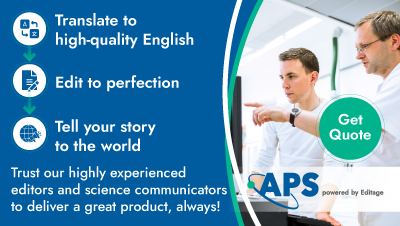Abstract
Atomic engineering in a solid-state material has the potential to functionalize the host with novel phenomena. STM-based lithographic techniques have enabled the placement of individual phosphorus atoms at selective lattice sites of silicon with atomic precision. Here we show that by placing four phosphorus donors spaced 10–15 nm apart from their neighbors in a linear chain, one can realize coherent spin coupling between the end dopants of the chain, analogous to the superexchange interaction in magnetic materials. Since phosphorus atoms are a promising building block of a silicon quantum computer, this enables spin coupling between their bound electrons beyond nearest neighbors, allowing the qubits to be separated by 30–45 nm. The added flexibility in architecture brought about by this long-range coupling not only reduces gate densities but can also reduce correlated noise between qubits from local noise sources that are detrimental to error-correction codes. We base our calculations on a full-configuration-interaction technique in the atomistic tight-binding basis, solving the four-electron problem exactly, over a domain of a million silicon atoms. Our calculations show that superexchange can be tuned electrically through gate voltages where it is less sensitive to charge noise and donor-placement errors.
- Received 11 September 2023
- Accepted 28 November 2023
DOI:https://doi.org/10.1103/PhysRevApplied.21.014038
Published by the American Physical Society under the terms of the Creative Commons Attribution 4.0 International license. Further distribution of this work must maintain attribution to the author(s) and the published article's title, journal citation, and DOI.
Published by the American Physical Society


